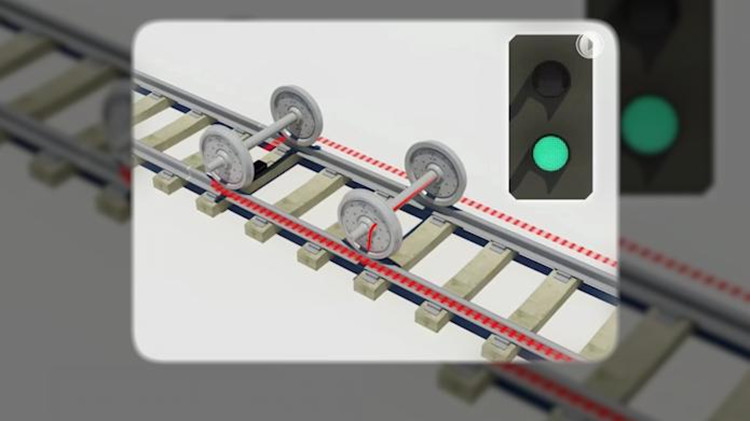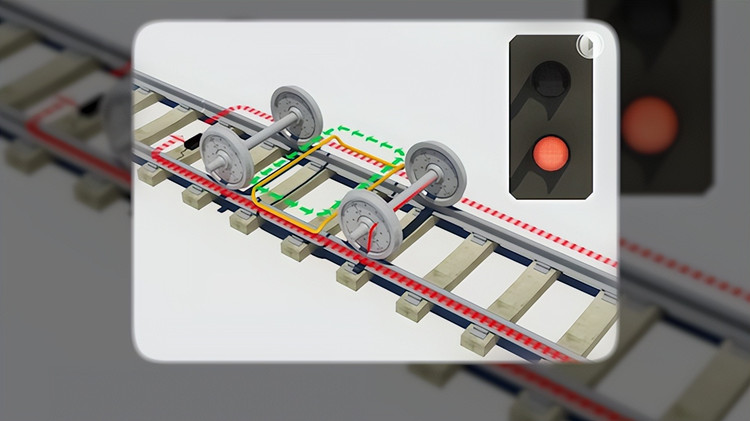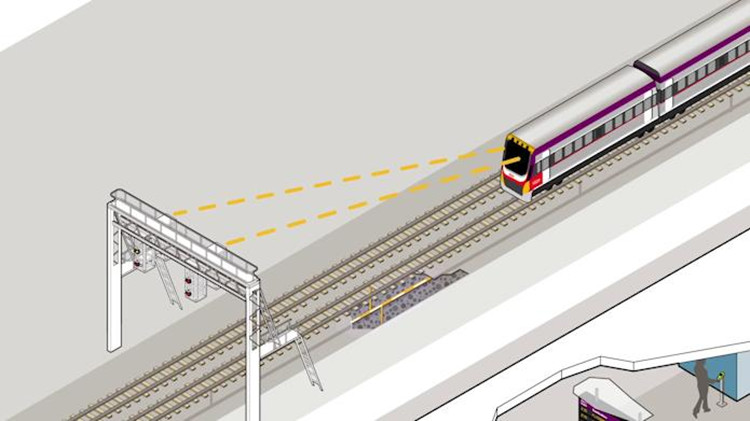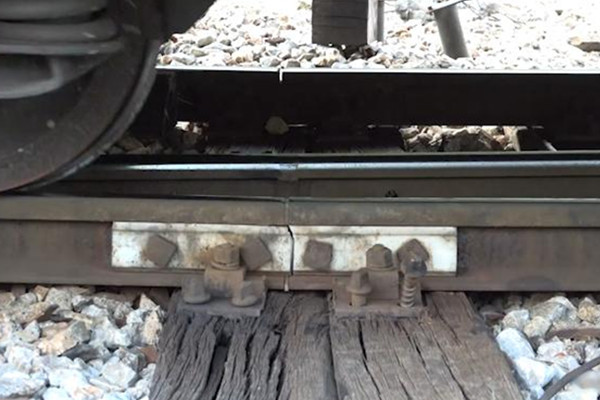So how do we connect each section of steel rail?
It turns out that the reason why there is a gap between each two sections of rail is to avoid the rail from being pulled apart or twisted due to thermal expansion and contraction. The connection of the gaps in the rails uses steel tie plates and several iron wires.

Why do small iron wires have such a big use?
It turns out that these iron wires are not only used to connect rails, but also have the purpose of connecting a complete circuit. Here we have to mention the concept of a rail circuit.
The rail circuit is mainly composed of rail lines and rail insulation, which is used to detect whether there are vehicles occupying a certain railway line.
Each railway line is divided into multiple block sections according to a certain distance. Each section is separated by rail insulation to form an independent rail circuit. At the same time, each section is also equipped with a signal light.

Under normal circumstances, the current will pass through the rails from the end of the section and flow through the relay of the signal light. At this time, the signal light will show a green light.

When a train enters the block section, the rail circuit will be short-circuited by the train wheels. At this time, the relay will lose magnetism due to the lack of current, so the signal light will show a red light. It prompts that the rear train is prohibited from entering this area, so that the safe distance of the train can be ensured.

From this, we can see that the traffic lights in the railway block section we usually see are not controlled by humans, but by the trains themselves. The iron wire mentioned above plays an important role in this. It not only ensures the conductivity of the rails, but also ensures the stability of the rail circuit.



Get In Touch